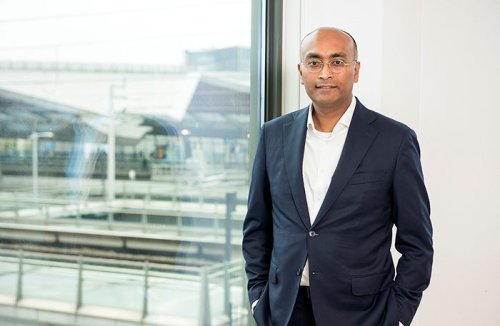Using AI to assess credit risk
17 December 2018
Next to blockchain, artificial intelligence (AI) is the cool kid on the technology block. The financial services industry especially is reaping the benefits of AI with ING no stranger to the game.
Fresh from bringing in chatbots to process customer requests faster than ever, using predictive analytics in bond trading, and working with Google on digital voice assistants, ING is putting artificial intelligence to work in Risk Management. We’ve teamed up with Google and PwC to develop an early warning system (EWS) that helps credit risk analysts make quicker and more informed decisions.

Anand Autar, ING’s early warning system project leader.
The EWS is an AI-powered application that collects and analyses large amounts of data to identify whether clients are exposed to potential risks, a task currently performed manually by risk analysts.
“Speed is of the essence in credit risk management. The earlier we detect any risk, the quicker and better we can serve clients to prevent losses,” said Anand Autar, project leader at ING. “Through machine learning, the EWS scans financial and non-financial information, such as news items from all over the world.”
Credit risk analysts set their own warning criteria. For example, a client’s share price falls by more than a pre-set percentage, or a client’s media coverage is negative based on sentiment analysis.
Processing up to 80,000 articles every day, the EWS is ‘fed’ real-time market data from Refinitiv (former Thomson Reuters) and news from public sources. It uses Google’s natural language processing and translation services for articles published in local media outlets.
“The system learns from experience, so in time it will become better at identifying the sentiment of news and developments in the market,” said Görkem Köseoğlu, head of AI and Robotics at ING.
ING aims to add predictive capabilities to the application in the near future.
“This ambition requires further refinement of algorithms, and we’ll get there,” said Görkem. “Customers expect more predictive capabilities in their products and services, so for us meeting that customer demand is important.”
Read what PwC says about the collaboration.
